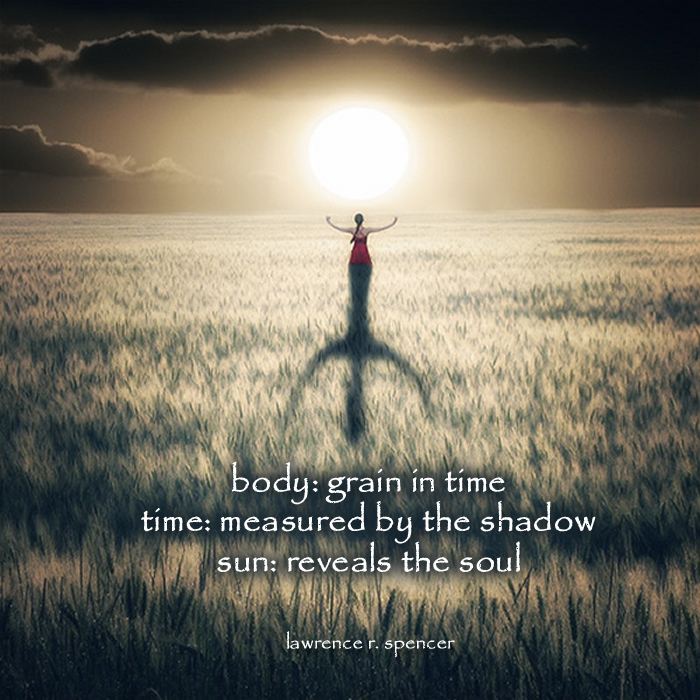Republished by Blog Post Promoter
 Valentine’s Day, also called Saint Valentine’s Day is celebrated annually on February 14. Christian stories associated with various Valentines connected to February 14 are presented in Martyrologies.
Valentine’s Day, also called Saint Valentine’s Day is celebrated annually on February 14. Christian stories associated with various Valentines connected to February 14 are presented in Martyrologies.
In 269 A.D. a written account of Saint Valentine of Rome imprisonment for performing weddings for soldiers, who were forbidden to marry and for ministering to Christians persecuted under the Roman Empire. According to legend, during his imprisonment Saint Valentine restored sight to the blind daughter of his judge, and before his execution he wrote her a letter signed “Your Valentine” as a farewell. The day first became associated with “romantic love” within the circle of Geoffrey Chaucer in the 14th century when the tradition of courtly love flourished.
The day first became associated with “romantic love” within the circle of Geoffrey Chaucer in the 14th century when the tradition of courtly love flourished.
The earliest description of February 14 as an annual celebration of love appears in the Charter of the Court of Love. The charter, allegedly issued by Charles VI of France at Mantes-la-Jolie in 1400 A.D., describes lavish festivities to be attended by several members of the royal court, including a feast, amorous song and poetry competitions, jousting and dancing. Amid these festivities, the attending ladies would hear and rule on disputes from lovers.
— ref: Wikipedia.org



